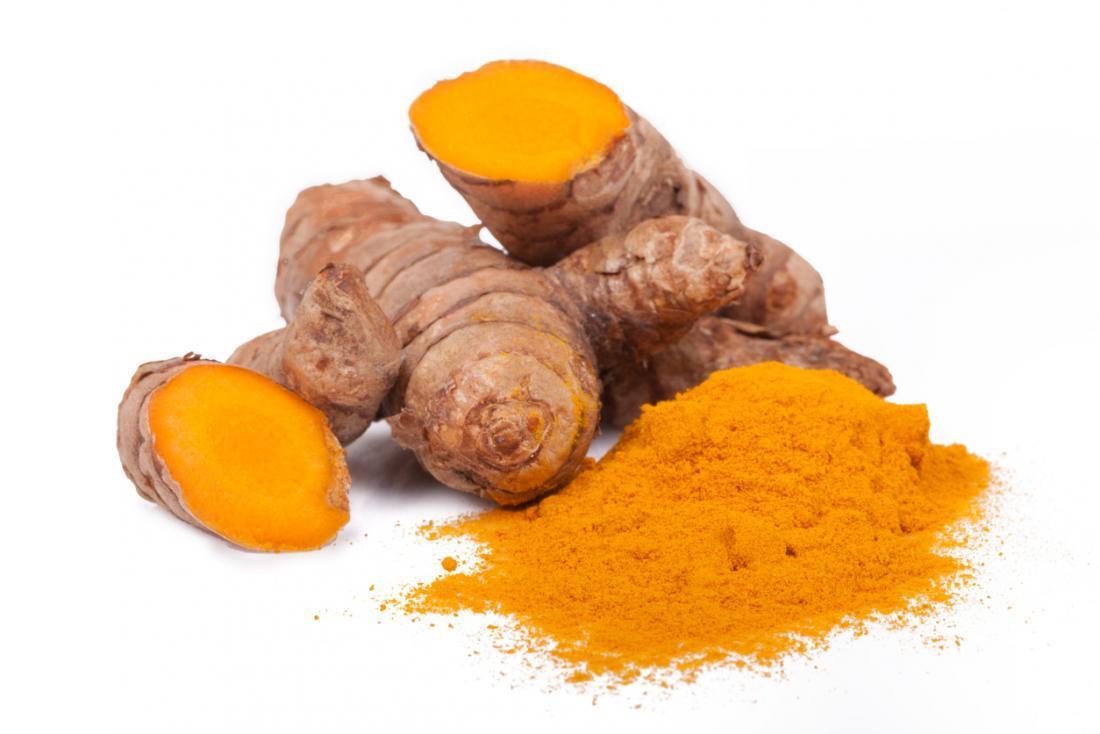
Does Turmeric Help With Weight Loss? Let Us Find Out
Read Count : 161
Category : Recipes
Sub Category : Vegan/Vegetarian
Turmeric is derived from the root of the tropical plant, the curcuma longa. It belongs to the ginger family and is a leafy plant. The plant’s rhizome has a tough skin which can be brown or light brown in color with a bright orangish yellow flesh. Before being ground, the rhizome of turmeric is found in the fingers extending from the plant’s root. The rhizome is then either steamed or boiled (which cleans it up) before it is dried. Once it is dry and free from moisture, it is then ground to produce it in its desired form. When the flesh of the rhizome is ground, it produces turmeric in fine powdered form, the spice is desired by everyone in this form. It is revered for both its medicinal and culinary uses. Where is Turmeric chiefly grown? The largest and primary source of Turmeric in the world today is India, as it has been cultivated there for centuries. It is also grown widely in Myanmar, Indonesia, Malaysia, Vietnam, The Philippines, Costa Rica, Brazil and Colombia. Origins of Turmeric Due to its vibrant shade of yellow (which has both bright orangish and golden tinge), turmeric has often been used as a dye, flavoring and a component of ayurvedic medicine since 600 B.C. Marco Polo in 1280 described Turmeric as ‘a vegetable with the properties of saffron, yet it is not really saffron.’ Indonesians often used turmeric to dye their bodies as a wedding custom back in the old days. In terms of its medicinal use, it has been used throughout various Asian regions int treating liver and stomach ailments. It has also seen extensive use for treating sores and as a cosmetic item too. How should Turmeric be stored? Moisture will cause turmeric to rot. Hence, after being dried it should be stored in dry places that are dark yet cool. How is turmeric traditionally used? Turmeric is a key component of curry powder; hence it sees extensive use in Indian dishes (especially in lentil, vegetable and meat-based dishes). It made its way to southeast Asian dishes some time ago, especially in Vietnamese, Thai, Indonesian, Filipino, Malaysian and Singaporean dishes. Today, it is widely used in European, Latin and North American cuisines. It is also used as a blend and coloring agent in mustard, as a blend in relishes and is often used to color butter and cheese. In terms of weight loss, Turmeric and curcumin have been used in supplements that hence boost metabolism in people. Turmeric’s taste What does turmeric taste like? It has a mild aromatic flavor with the slight scent of ginger. But its has a pungent and bitter taste.
Comments
- No Comments

